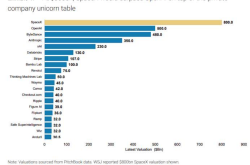Exclusive Across the Network! AWE USA 2025 Highlights: Industry Leaders Showcase Advanced Technologies in Lightweight, AI, and Immersion
![]() 06/16 2025
06/16 2025
![]() 720
720
The AWE USA 2025 conference officially commenced from June 10 to 12 in Long Beach, California. As one of the largest and longest-standing XR industry events globally, AWE USA 2025 is anticipated to draw over 5,000 industry professionals, 200 exhibitors, and 400 keynote speakers from around the world, offering a three-day extravaganza of XR technology.
VRAR Planet is at the forefront, bringing you the latest and most exciting on-site updates. Curious about this year's groundbreaking technologies? Which innovative applications will amaze you? Here’s a snapshot:
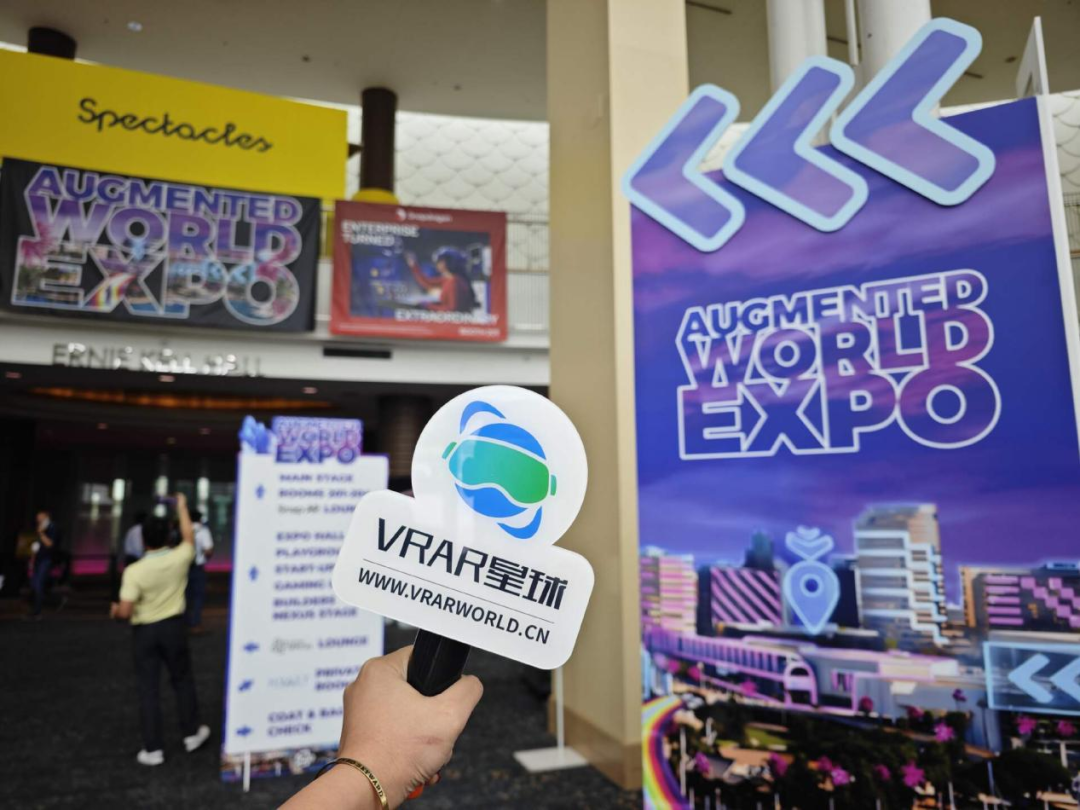
Image Source: VRAR Planet
XREAL's Xu Chi Unveils Project Aura: Equipped with the X1S Chip, Launching Next Year
At AWE USA 2025, XREAL founder Xu Chi unveiled Project Aura, a joint venture between Google and XREAL for Android XR platform smart glasses. Xu Chi highlighted that Project Aura features an independent dual-chip design, with the glasses end incorporating XREAL's proprietary X1S spatial computing chip. Compared to the previous X1 chip, its performance has been boosted by 25%, enabling superior multitasking capabilities. The device responsible for independent computing is powered by a Qualcomm Snapdragon chip. This product will be a split-type smart glasses with a FOV exceeding 70°, similar to Meta's upcoming Loma or Puffin smart glasses, focusing on lightweight design and requiring an external computing module.
Project Aura made its debut at the 2025 Google I/O conference and is the first AR flagship device jointly launched by Google and XREAL, equipped with the Android XR platform. It is slated for release next year.
Qualcomm Launches Snapdragon AR1+ Gen 1 Chip, Supporting Offline AI Operation for Smart Glasses
At AWE USA 2025, Qualcomm showcased smart glasses equipped with the new Snapdragon AR1+ Gen 1 processor. Compared to the Snapdragon AR1 Gen 1 in Ray-BanMeta smart glasses, the new AR1+ Gen 1 is 28% smaller in area, reducing the height of the glasses frame by 20%. Additionally, in key applications such as computer vision, voice activation, Bluetooth playback, and video streaming, it reduces power consumption by 7%, enhancing battery life. Qualcomm promises "premium" image quality through binocular display support, image stabilization, and a large multi-frame engine.
Moreover, the AR1+ Gen 1 features an enhanced ISP (image signal processor) for higher-quality image and video capture. Its NPU (neural network processor) enables local execution of small language models, offering offline AI functionalities for smart glasses, such as real-time translation and voice assistants.
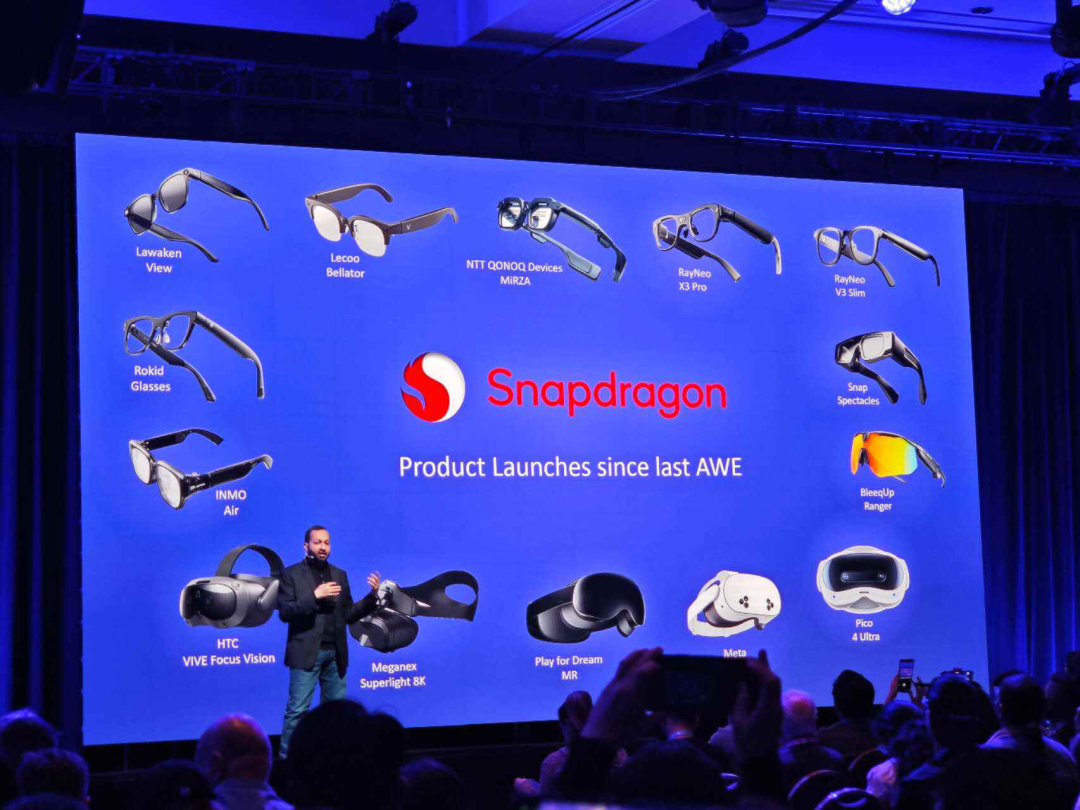
Image Source: VRAR Planet
Snap to Release Consumer-Grade AR Glasses Next Year
At AWE USA, Snap announced the development of the next-generation Spectacles AR glasses, "Specs," expected to launch in 2026. Targeted at the general consumer market, these glasses promise powerful functionalities and a lightweight design. However, Snap did not disclose further product details or pricing information.
Apart from the new AR glasses, Snap also announced significant upgrades to its operating system, including Gemini, which integrates OpenAI and Google Cloud, enabling developers to create multimodal AI-driven Lenses for Specs.
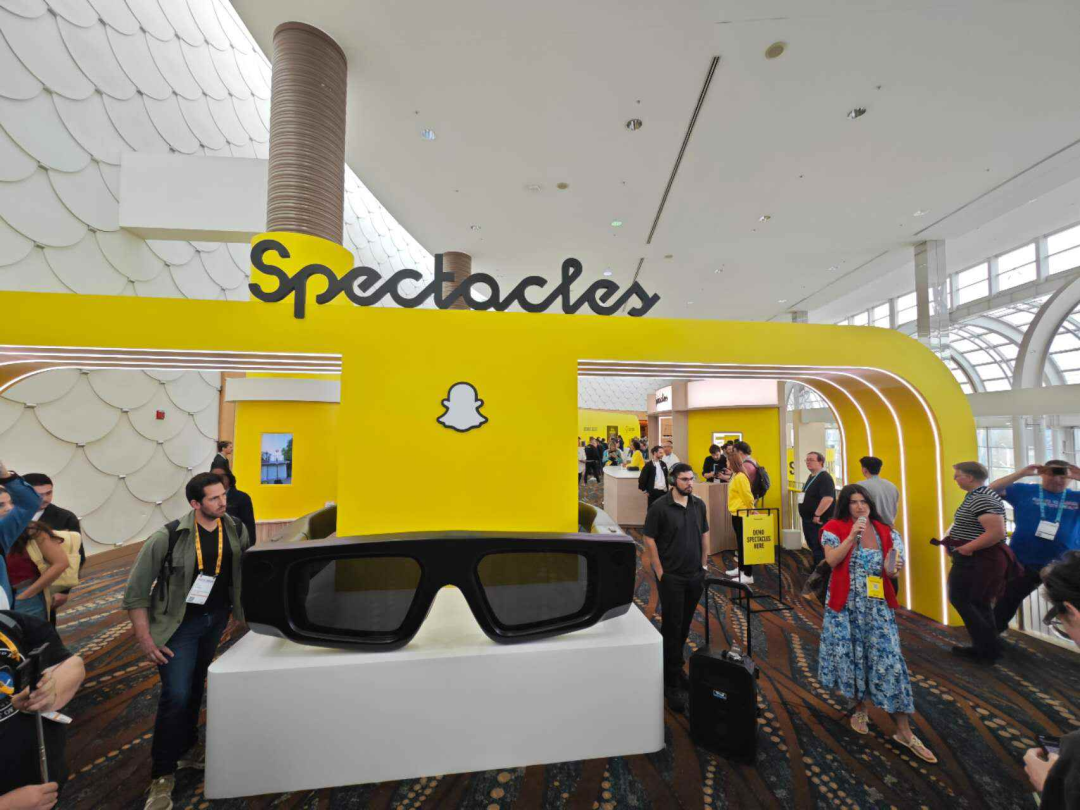
Image Source: VRAR Planet
Niantic Spatial Partners with Snap to Create AI Maps
During AWE USA, Snap signed a multi-year strategic partnership with AI map developer Niantic Spatial. Later this year, Snap will integrate Niantic Spatial's scanning technology and Visual Positioning System (VPS) into Lens Studio, Snapchat, and Spectacles AR glasses, simplifying and expanding Snap's outdoor AR content experiences.
Snap will also provide additional financial support to Niantic Spatial, although the specific amount remains undisclosed. This move underscores Snap's commitment to this partnership and its high regard for Niantic Spatial's technological prowess.
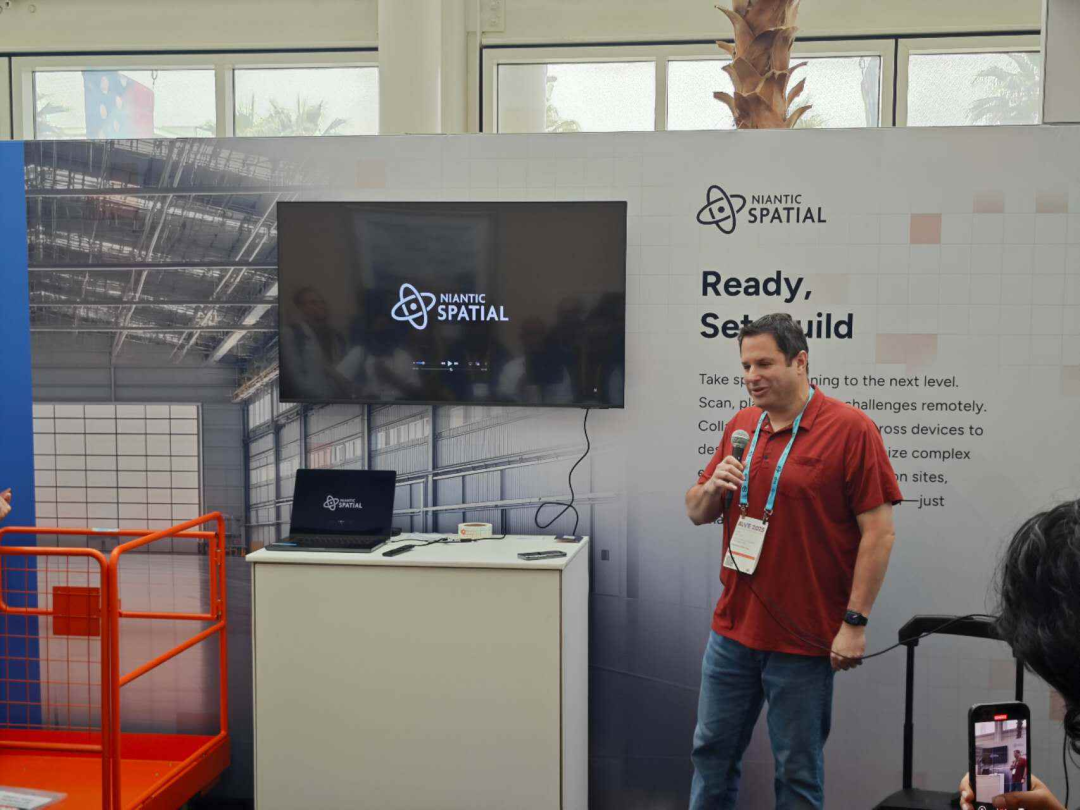
Image Source: VRAR Planet
Samsung Showcases 1.3 and 1.4-inch Silicon-based OLED Microdisplays Dedicated to XR
At AWE USA 2025, Samsung exhibited a 1.4-inch RGB OLEDoS panel with a resolution of up to 5,000 pixels per inch (PPI). Despite its watch-like size, the panel boasts a pixel density three times that of a 4K TV, delivering an immersive visual experience.
Samsung also displayed a 1.3-inch RGB OLEDoS panel with a PPI of 4,200 and a brightness of 20,000 nits, utilizing micro-lens array technology to enhance brightness and viewing angles. Visitors could experience a binocular demonstration simulating real XR usage scenarios.
Furthermore, Samsung set up a gaming zone featuring 49-inch and 27-inch QD-OLED displays, a Steam Deck with an OLED screen, and a foldable "Flex Gaming" concept device. Additionally, Samsung's subsidiary eMagin showcased an ultra-small 0.62-inch OLEDoS display with a pixel density of 2,600 PPI.
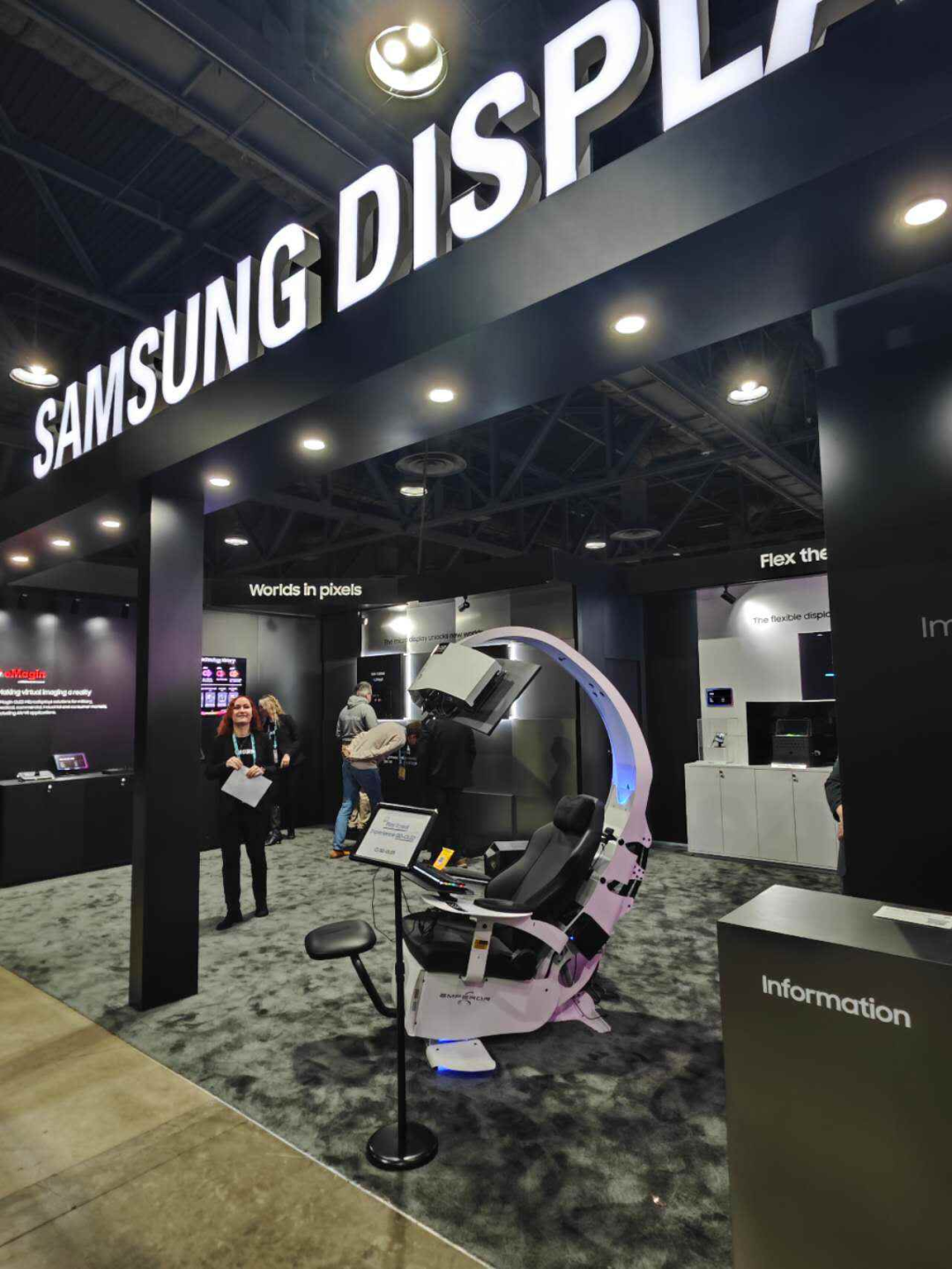
Image Source: VRAR Planet
Google Details the Android XR Operating System for XR Headsets and Smart Glasses
At AWE, Google sent two senior executives, Juston Payne and Hugo Swart, to deliver keynote speeches on the Android XR operating system for XR headsets and smart glasses. Google stated that the Android XR operating system is a joint venture with Samsung and Qualcomm, primarily targeting XR headsets and smart glasses. Key features include:
Built-in Powerful Gemini: One of Android XR's core features, it understands user intent and assists in both real and virtual worlds. It supports multimodal input and output, such as images, videos, and audio, and can generate mixed graphic and textual content. It also possesses advanced reasoning and analysis, context understanding, and memory functions, assisting users in tasks like content creation, code development, and data analysis.
Diverse Interaction Methods: Supports natural interaction methods like voice control, motion capture, and eye tracking, enabling more intuitive user-device interactions.
Rich Application Ecosystem: Developed on the Android system, it is compatible with and can directly use numerous applications from the Google Play Store. Google's first-party applications, such as Chrome, Gmail, Calendar, and Drive, have been updated and "spatialized".
Samsung's XR headset and Project Aura, equipped with the Android XR operating system, have already been unveiled. Future smart glasses jointly developed by Google with GENTLE MONSTER and Warby Parker will also adopt this operating system.
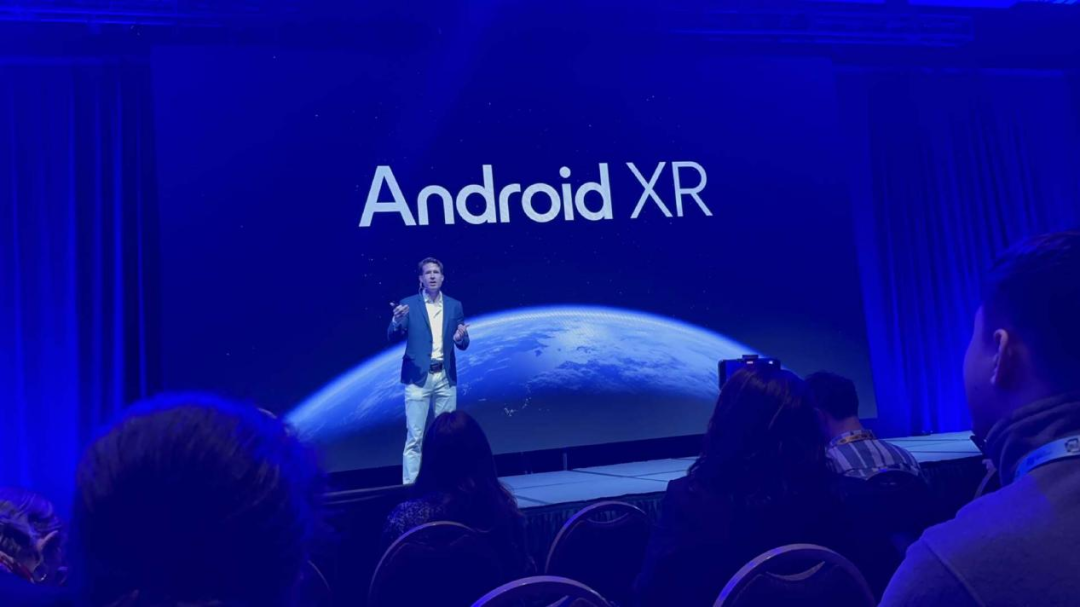
Image Source: VRAR Planet
VOY Showcases Adjustable Myopia Lens Modules for VR and AR, Supporting 0-600 Degrees of Adjustment
VOY showcased its adjustable diopter lens modules for VR, AR, and even AI glasses at AWE USA. The module comes in two forms: a magnetic module for VR headsets like Apple Vision Pro, about 0.5cm thick, supporting 0-600 degrees of adjustment with a thin-to-thick gradient transition. The degree can be adjusted by sliding, priced at $99.
Previously, for myopic users, Apple Vision Pro required a prescription form to obtain the corresponding diopter lens, limiting its use to individuals. However, VOY's module caters to most myopic users.
In addition to myopia lenses, it also offers hyperopia + myopia lenses ranging from -300 to +300 degrees, priced at $79.
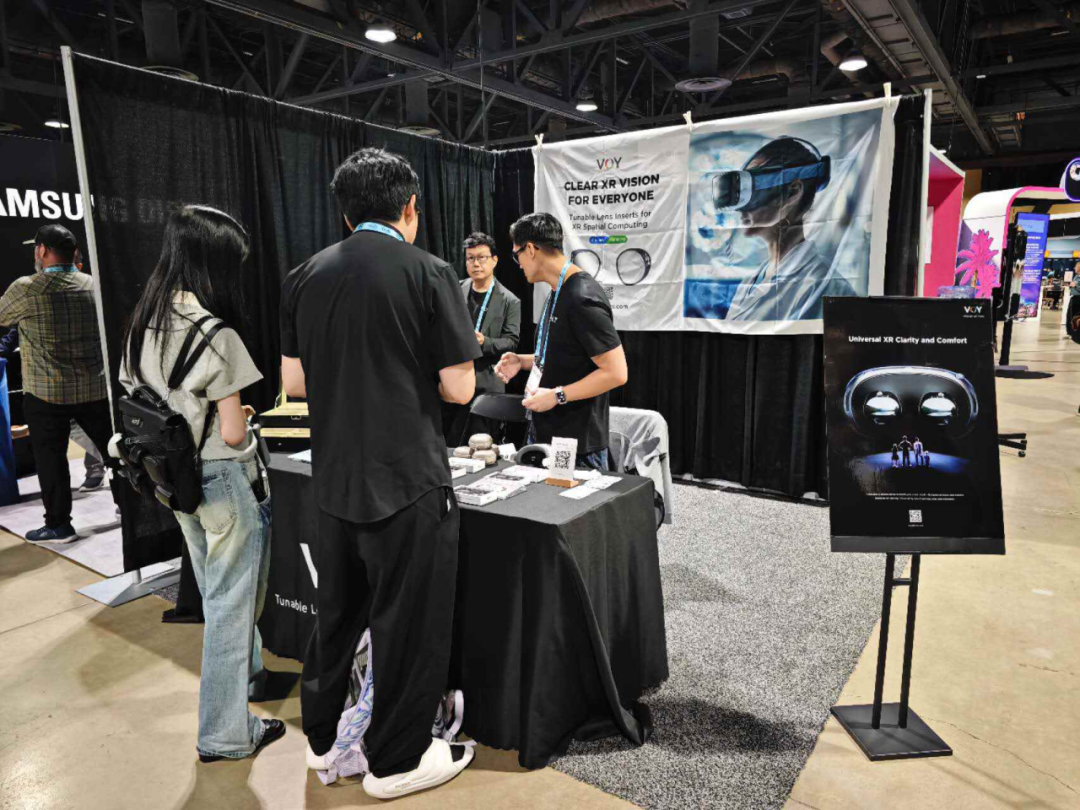
Image Source: VRAR Planet
Logilicity Debuts "Anywhere Bungee VR" Amusement Project
At AWE USA 2025, Tokyo-based Logilicity introduced an unprecedented VR experience to visitors—the global premiere of its self-developed innovative VR amusement project, "Anywhere Bungee VR".
At Logilicity's booth, attendees experienced this thrilling amusement project firsthand. Participants stood on a virtual bungee platform atop the Tokyo Metropolitan Government Building (243 meters high). With a command, they leaped into an immersive simulated bungee jump, feeling the rush of freefall.
"Anywhere Bungee VR" has been a success in Japan, regularly held at major observation decks like the Tokyo Tower. By allowing users to virtually bungee jump from famous landmarks, it has attracted numerous Japanese participants and garnered extensive media coverage, including popular TV programs.
The system is currently applying for patents in 13 countries/regions, including the United States, and has already obtained patents in Japan and several other countries/regions. The version showcased at AWE was a special preview, and Logilicity stated that they would further optimize the design, enhance experience quality, and improve operational convenience before commercial deployment.
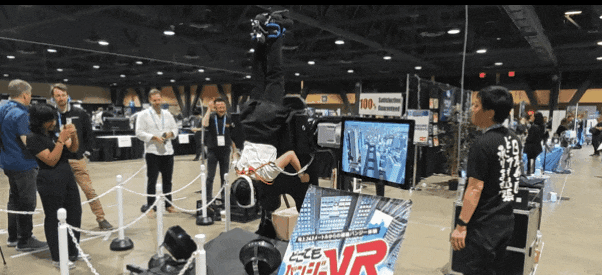
Image Source: VRAR Planet
Play&Dream Showcases Self-developed MR-LBE Solution
Play&Dream Technology made its AWE USA 2025 debut with commercial solutions, showcasing its self-developed MR-LBE solution. Key highlights include:
• Joint Exhibition of MR Content: Collaborating with China's leading XR content creation engines Story and MixWorld to exhibit MR content, creating an unprecedented mixed reality experience with exceptional performance and parameters. Previously, both companies used Apple Vision Pro as the hardware carrier.
• Exhibition of MRLBE Solution: Play&Dream Technology also exhibited its self-developed MRLBE large-space application MR SPACE, creating scenarios like undersea worlds, ancient dinosaurs, Pharaoh statues, and Sanxingdui ruins.
Play&Dream Technology's MRLBE solution has been successfully launched and received widespread recognition from industry insiders. Play&Dream MR anchors virtual content to physical space, combining SLAM (Simultaneous Localization and Mapping) technology for centimeter-level environmental perception. Coupled with multimodal interactions like spatial audio, gesture interaction, and eye tracking, it transforms visitors from "spectators" to "participants", breaking the "screen cage" of traditional cultural tourism and exhibition displays.
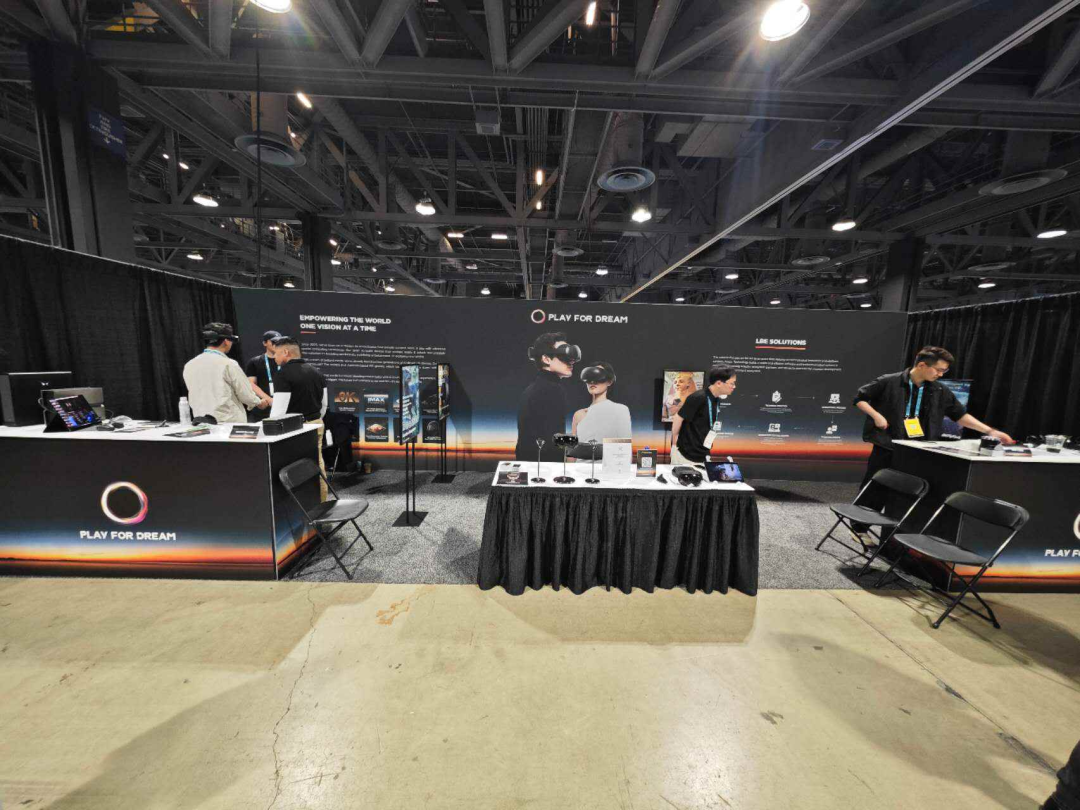
Source: VRAR Planet
UDEXREAL Introduces UDCAP Gloves
UDEXREAL showcased its latest industrial application innovation, the UDCAP data glove, at AWE USA. Designed for robotic teleoperation, virtual streaming, and virtual simulation, the glove features UDEXREAL's exclusive 0.1mm elastic sensor with a resolution of 0.1 degrees, enabling high-precision finger tracking while maintaining the form of a regular glove. It connects directly to industrial standard platforms like Unity and Unreal Engine and includes tailored SDKs for various industrial scenarios.
UDEXREAL launched a beta version of its advanced enterprise-level data glove at AWE USA, with early access registration now open. The standard version is priced at $1799.
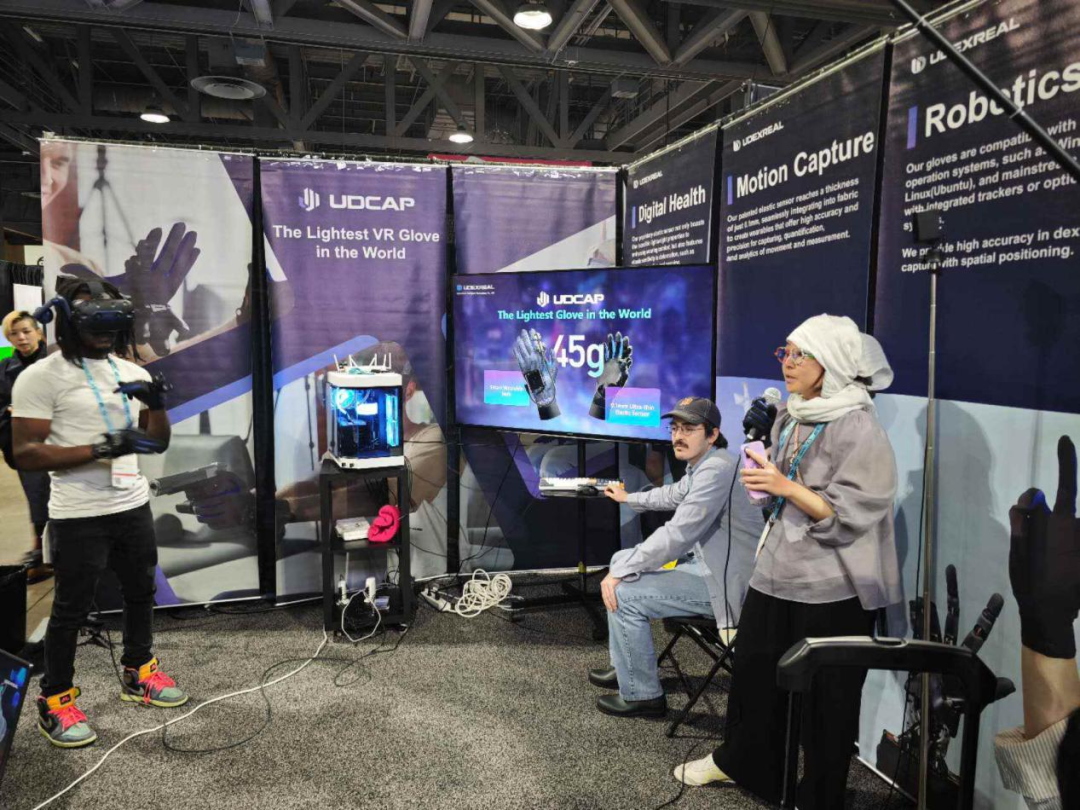
Source: VRAR Planet
CREAL Showcases Clarity Display
After its SPIE debut in January, CREAL presented its Clarity Display for the first time at AWE. This recently released light field display technology is designed around human visual requirements, replicating light behavior in the real world. By offering ultra-realistic AR visuals with lifelike depth, Clarity Display addresses user pain points like eye fatigue and depth mismatch, providing a fully natural and comfortable visual experience. This breakthrough enables long-term AR glasses use, paving the way for AR's full potential.
CREAL is a Swiss display technology startup whose technical team comes from top projects at Intel, Magic Leap, EPFL, and CERN.
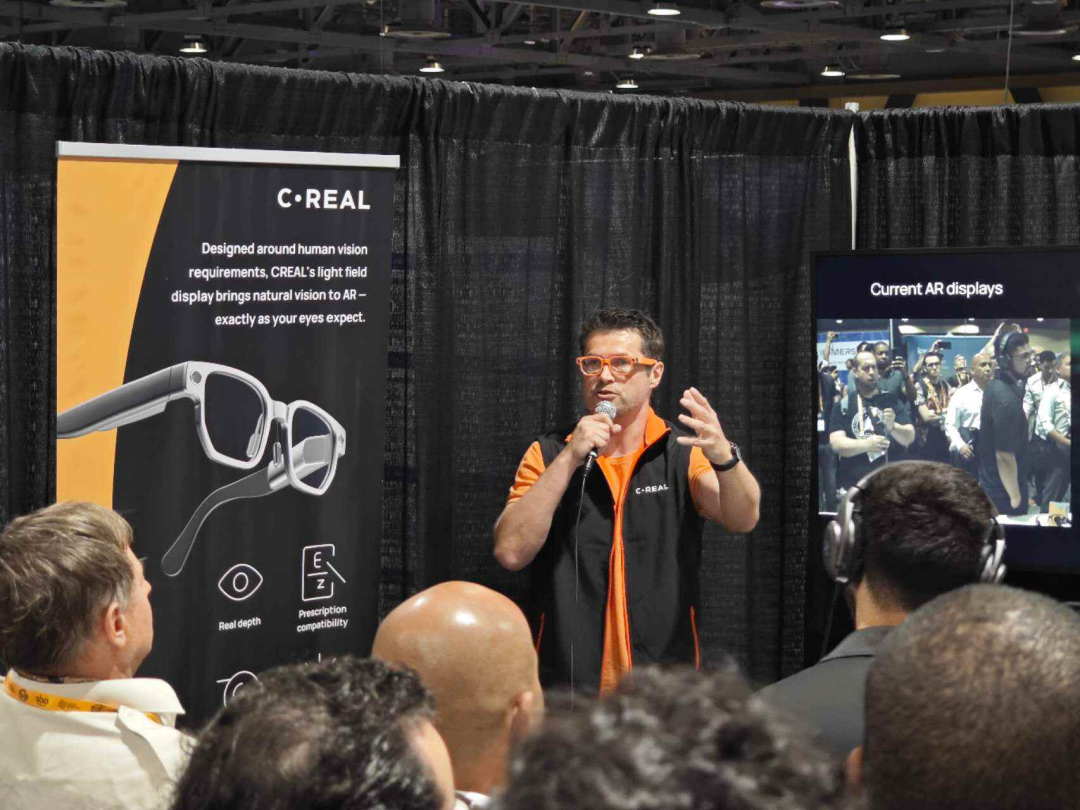
Source: VRAR Planet
VTouch Launches WIZPR Ring Smart Ring
VTouch introduced the WIZPR Ring at AWE, billed as the world's first smart ring optimized for natural voice input and AI interaction. The WIZPR Ring requires no wake-up word or button press, activating automatically when you speak near it and deactivating after the conversation ends—enabling fully hands-free, whisper-level voice control even in noisy environments. With its patented proximity sensor and software algorithms, the ring filters out background noise, clearly capturing the wearer's voice.
Functions include querying information, managing schedules, controlling music, and operating smart home devices. The WIZPR Ring is compatible with mainstream AI models like ChatGPT and Gemini, as well as custom solutions, providing personalized responses based on contextual data like location, schedules, and device messages.

Source: VTouch
poLight ASA Unveils LCoS Light Engine Projector Prototype Integrating TWedge® Mirror for AR Lightguide Smart Glasses
At AWE USA 2025, poLight ASA (OSE: PLT) debuted the first prototype of an LCoS light engine projector tailored for AR smart glasses. This innovative projector incorporates the company's proprietary TWedge® mirror pixel shifting technology. The prototype features a compact 7.5x7.5x17.0mm form factor, housing a Goeroptics light engine with a 28-degree field of view (FOV), powered by OMNIVISION's OP3011 VGA LCoS microdisplay.
A live demonstration of the TS4 2x2 mirror pixel shifting technology running at 120Hz on the Goeroptics OP3011 light engine is currently in development and is anticipated to be released in Q3 2025.
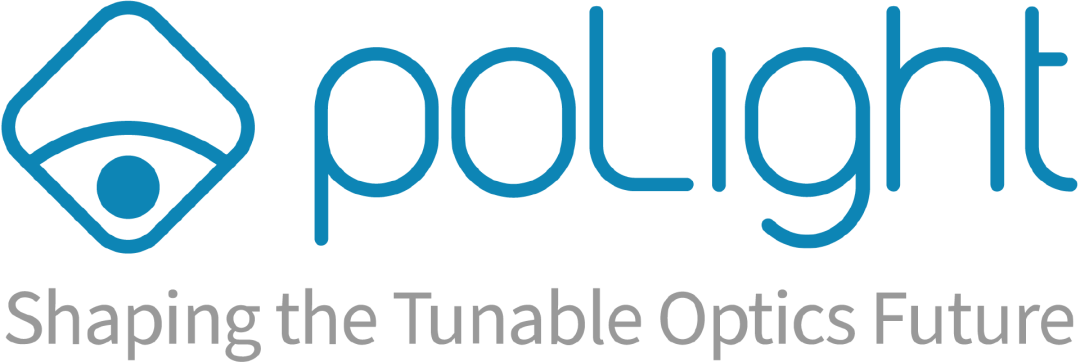
Source: poLight ASA
Lumus Introduces New Generation Z-30 Optical Engine and Showcases Z-50 for Immersive AR
Lumus, a pioneering developer of waveguide technology for AR glasses, unveiled an upgraded version of its Z-30 optical engine at AWE USA 2025. Additionally, the company showcased the Z-50 optical engine, designed specifically for immersive AR applications. The Z-30, first introduced earlier this year, offers a 30-degree field of view (FOV) based on Lumus' Z-Lens waveguide architecture. The latest iteration boasts a smaller projector, enhanced energy efficiency, and improved brightness, with Lumus aiming to achieve a brightness efficiency of 7000 nits/watt in the coming months to support outdoor AR displays. Ideal for daily applications like messaging, navigation, real-time translation, and quick-glance notifications, the Z-30 is a low-profile AR solution suitable for all-day wear in both indoor and outdoor settings.
At the event, Lumus also demonstrated the Z-50 optical engine, featuring a 50-degree FOV. Tailored for applications requiring higher immersion, such as streaming, collaboration, and interactive fitness, the Z-50 balances color reproduction, image clarity, and brightness in a sleek design reminiscent of everyday glasses.
Furthermore, Lumus showcased its latest advancements in optical engine performance, energy efficiency, and miniaturization.
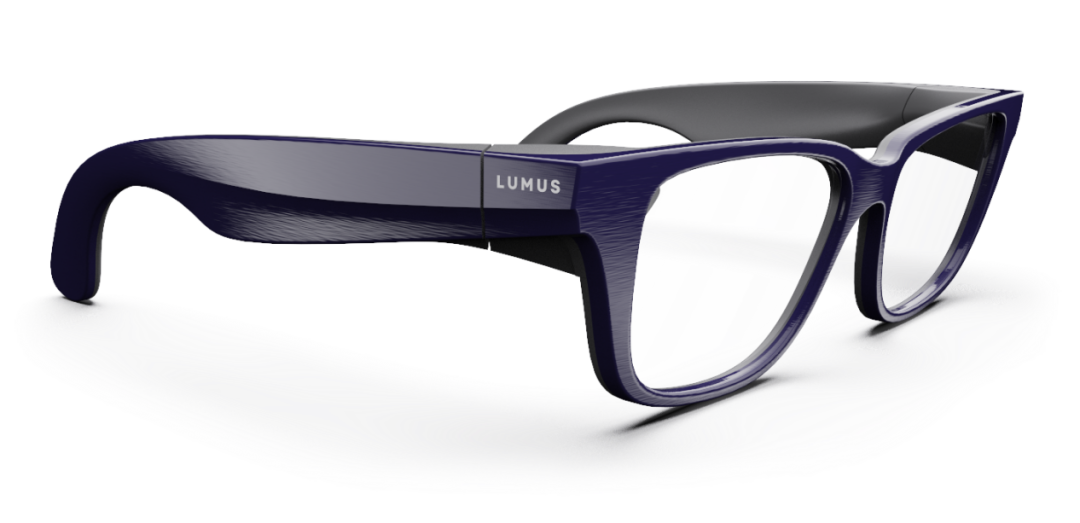
Source: Lumus
Maradin Displays LBS Module with 50° FOV and 720P Full-Color Display
Maradin, an Israeli provider of MEMS laser beam scanning (LBS) solutions, announced the launch of its new-generation LBS module during AWE. Targeting the XR market, this module supports full-color display with a 50° field of view (FOV) and 720P resolution, all packed into a compact module size of less than 1.4cc with remarkable power efficiency.
Leveraging Maradin's proprietary MEMS design, the module offers an invisible large FOV, enabling features such as foveated displays and variable FOV. Moreover, Maradin's technology simplifies glasses design, making them adaptable to various head shapes and sizes without compromising the eye area or resolution.
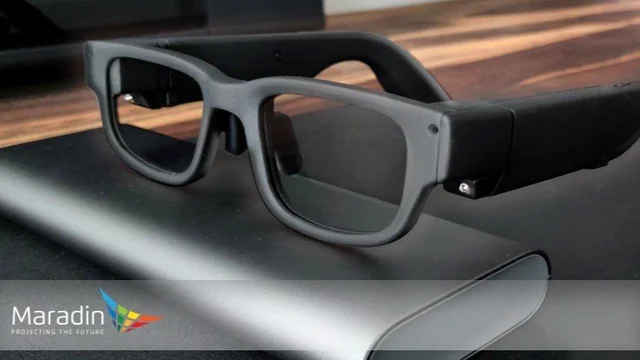
Dark Arts Software Debuts Immersive Dance Game 'TRIP THE LIGHT'
Dark Arts Software showcased its immersive dance game 'TRIP THE LIGHT' at AWE USA, giving attendees a firsthand experience of its cutting-edge features. 'TRIP THE LIGHT' introduces a new genre that blends rhythm games, partner dancing, and AI. Players hold hands with a virtual partner, earning points, chaining combos, and progressing through the game. The game will be compatible with Meta Quest 2, 3, and 3S headsets.
Following a successful Kickstarter campaign and global showcases, 'TRIP THE LIGHT' is scheduled for release on the Meta Horizon Store this summer. While the final pricing has yet to be determined, it is expected to be below $40. Interested users can register on the Dark Arts Software website to receive a discount upon the game's launch on the Meta Horizon Store.

Source: Dark Arts Software
Cellid Launches Two Advanced Waveguide Products for AR Glasses
Cellid Co., Ltd. (headquarters: Minato-ku, Tokyo), a dedicated developer of next-generation optical engines for AR glasses, has introduced two new waveguide sheets that significantly enhance transmittance compared to previous generations. Based on the C-generation design architecture, the new products include the plastic waveguide "R30-FL (C)" and the glass waveguide "C30-AG (C)". These new waveguides offer approximately twice the transmittance of the previous plastic version and three times that of the glass version.
In addition to the waveguide sheets, Cellid has also released an original solution for AR glasses: AR image software correction functionality. Typically, displays may exhibit slight color unevenness or image distortion due to factors like light path or interference. These issues are challenging to resolve solely through hardware and can detract from the visibility and immersion of AR glasses. To address these challenges, Cellid has developed technology that accurately measures display characteristics (color unevenness, distortion, etc.) and generates corrected AR images through software, ensuring that the final AR image seen by the user is optimal.
The year 2025 marks the dawn of an exciting new era in XR innovation, with more groundbreaking developments on the horizon. To stay ahead of these cutting-edge trends and experience the awe-inspiring delights of technology, keep an eye on VRAR Planet. We promise to bring you the most timely and in-depth reports, showcasing every new breakthrough and transformation in the XR world.
Written by Vivi
(Images not sourced in the text are from the internet)

